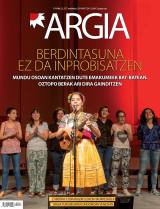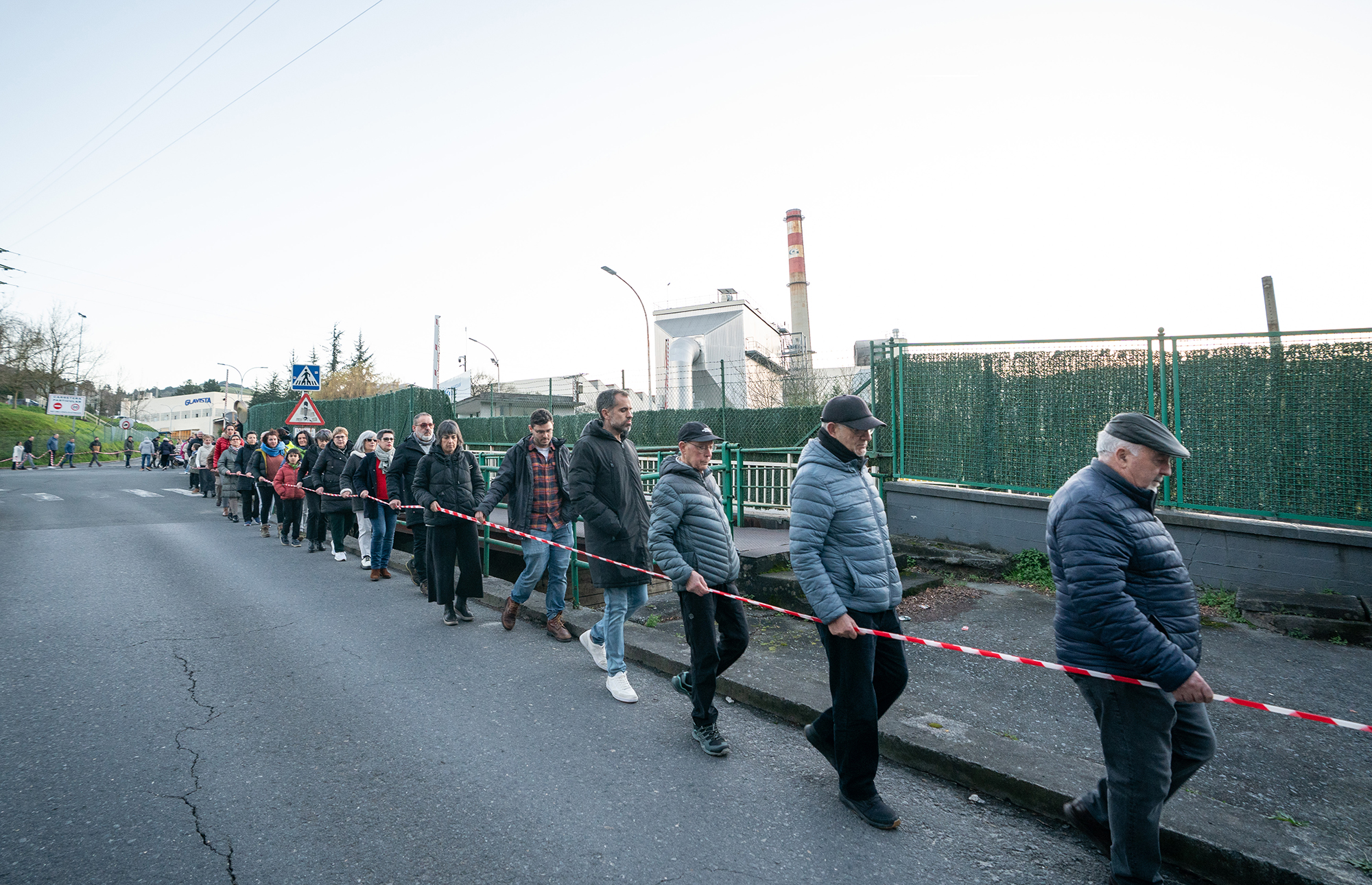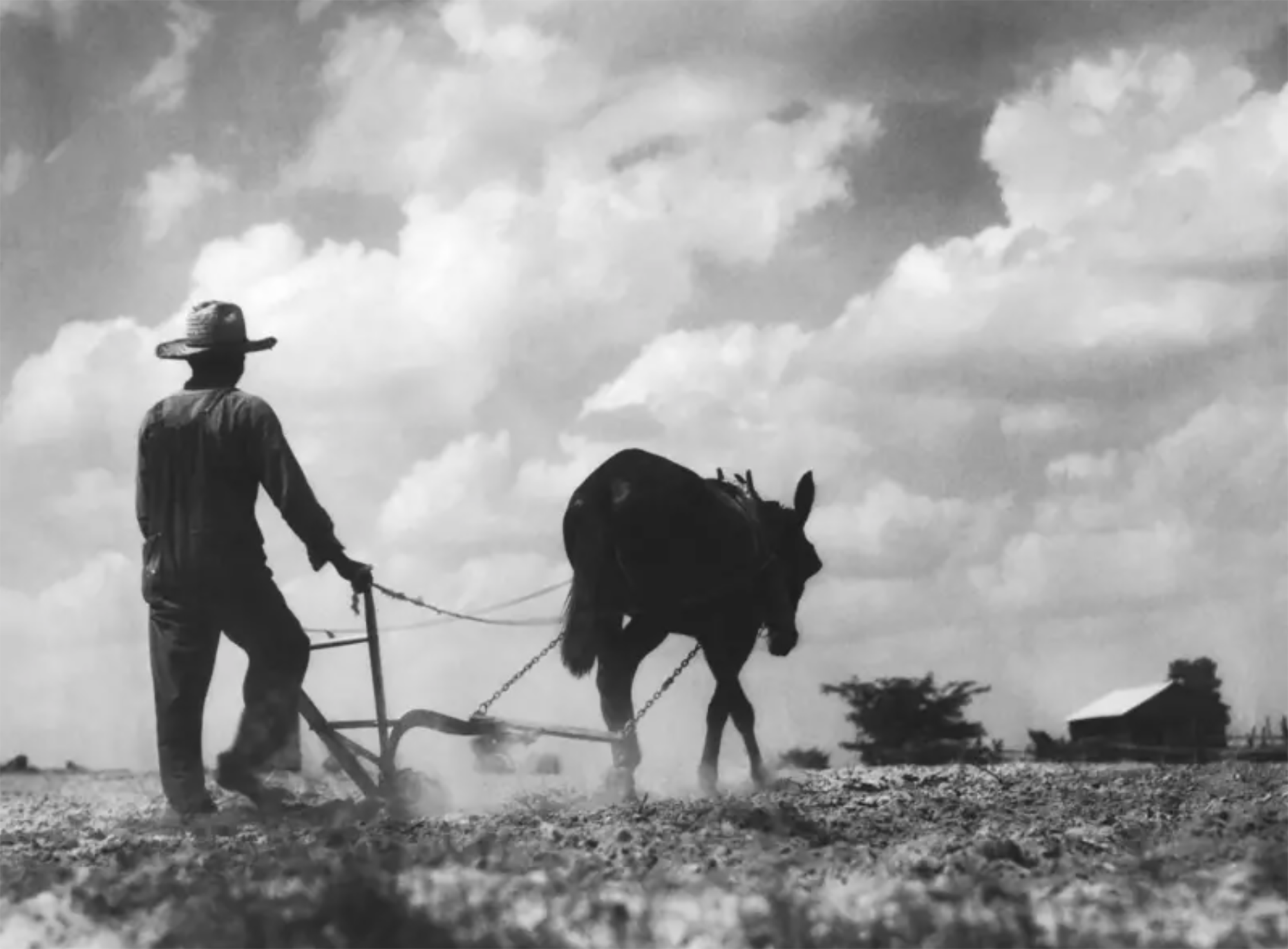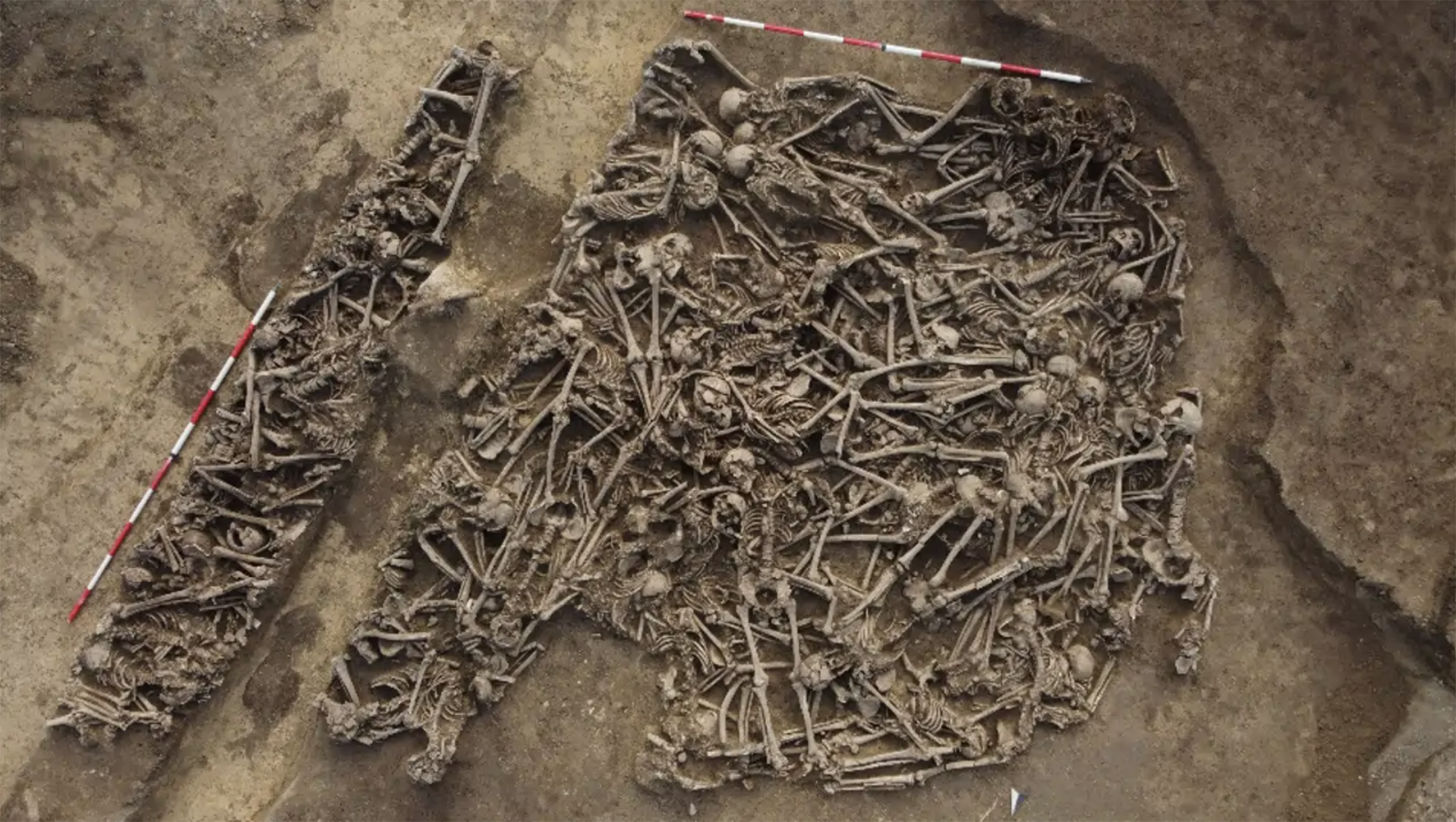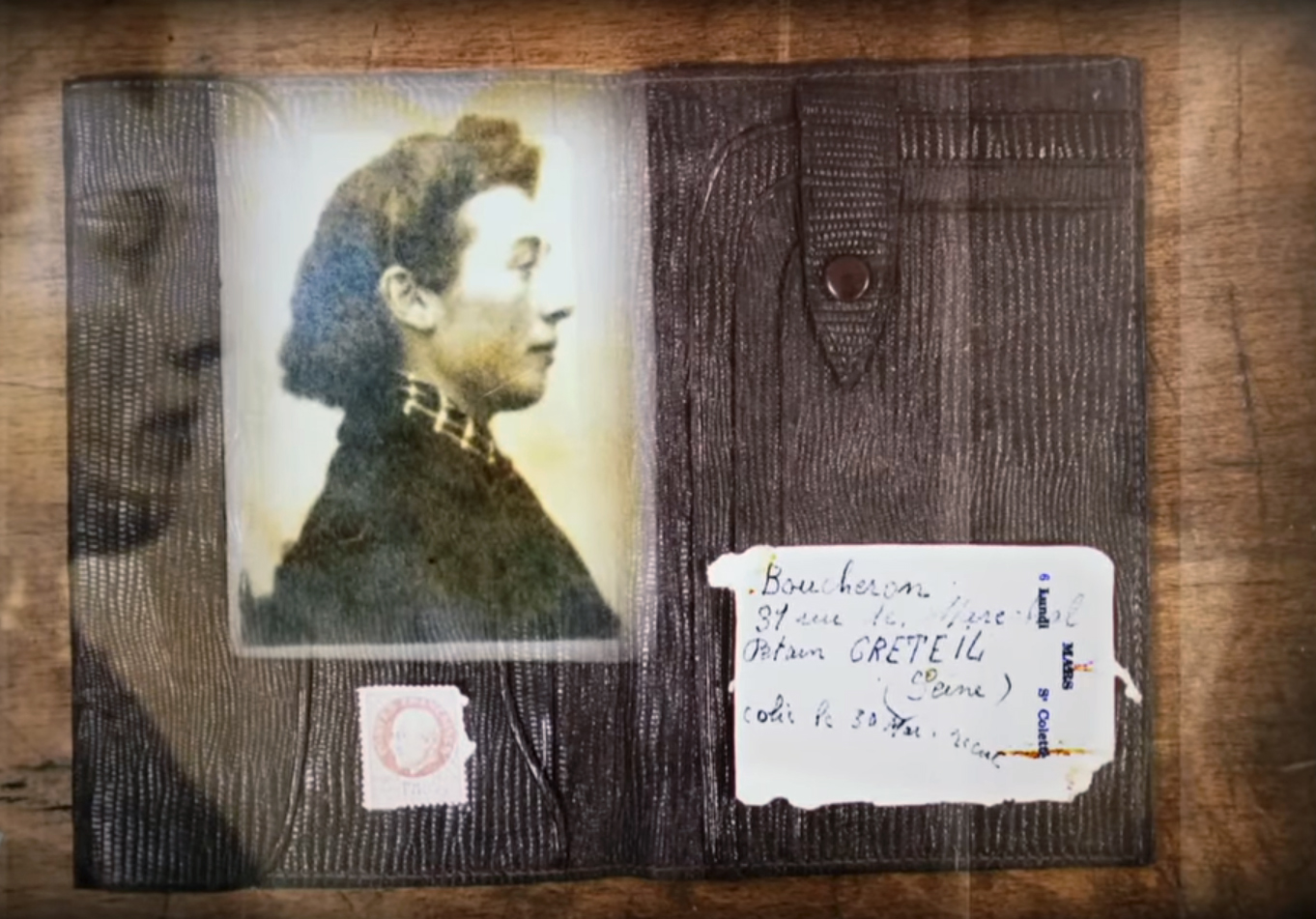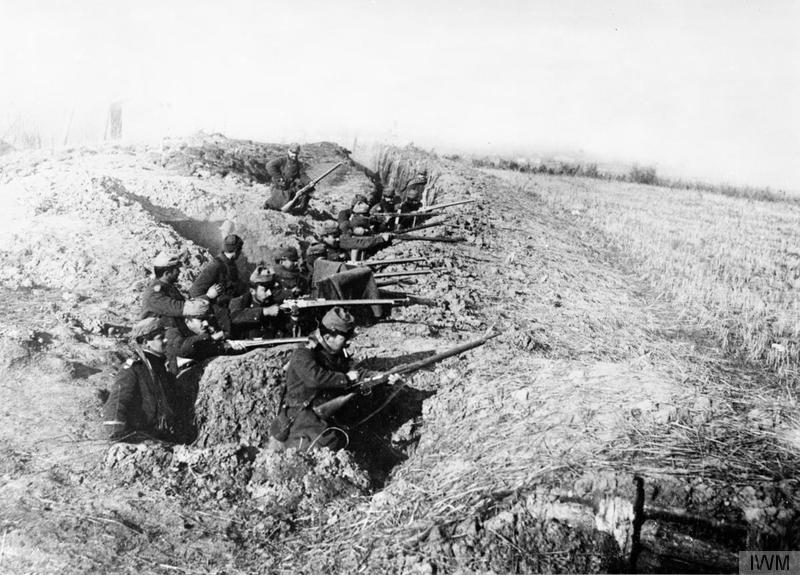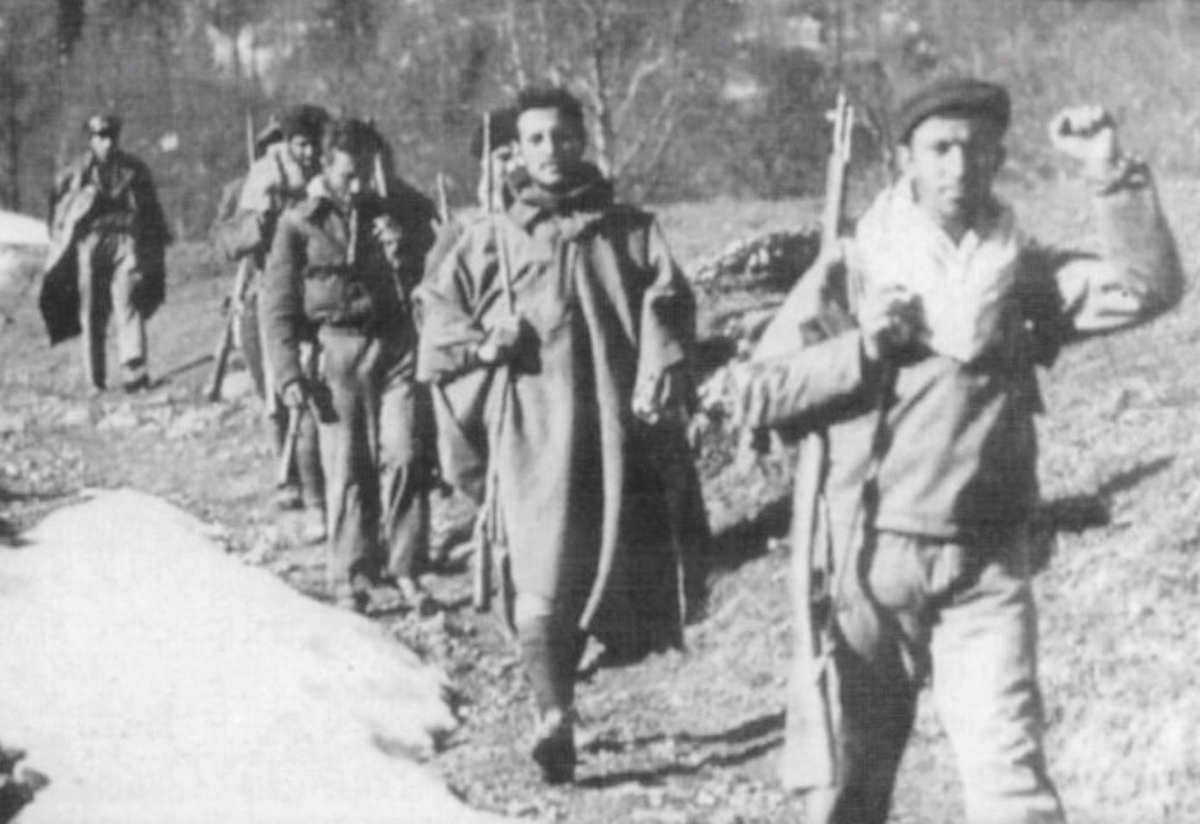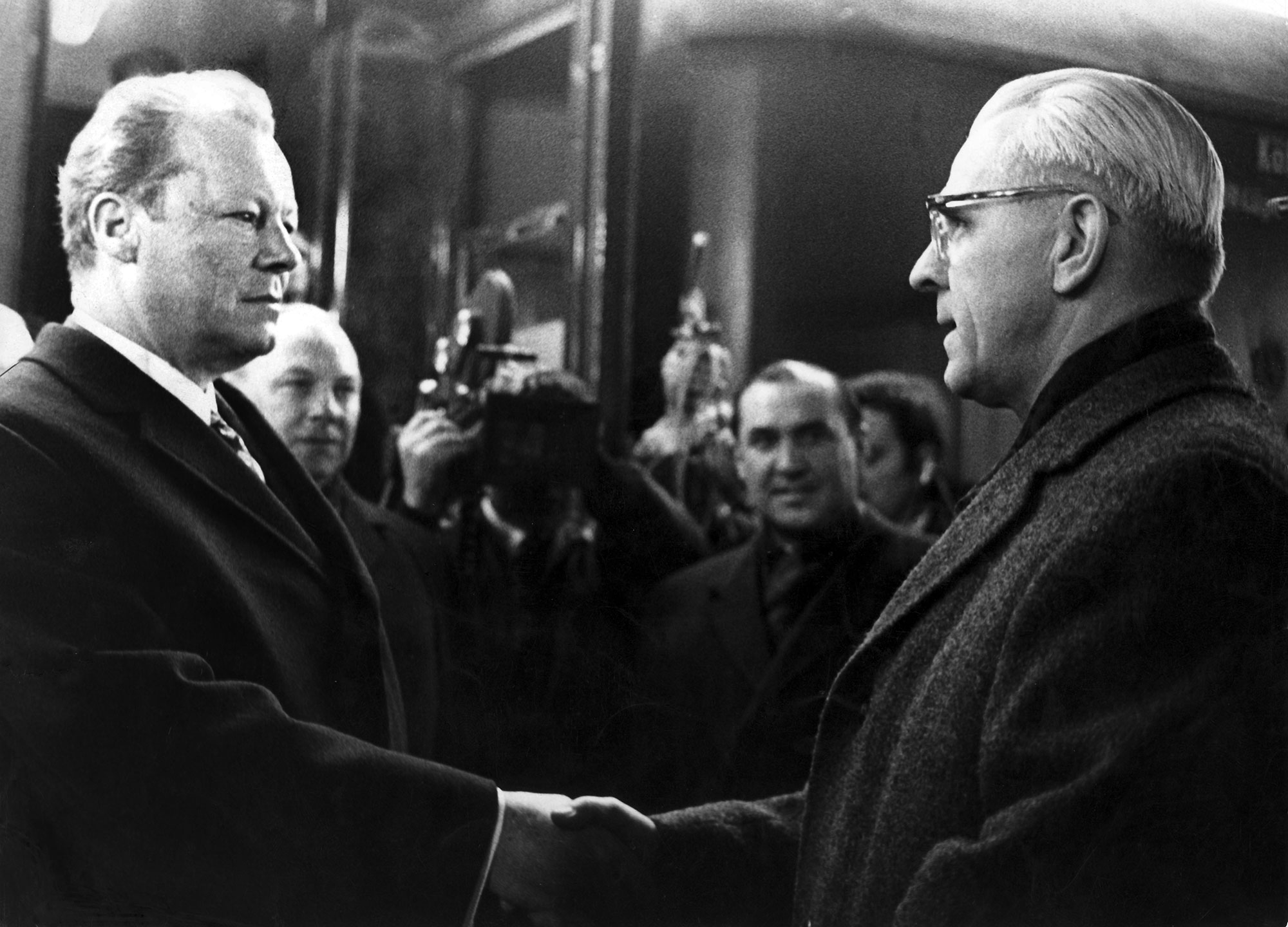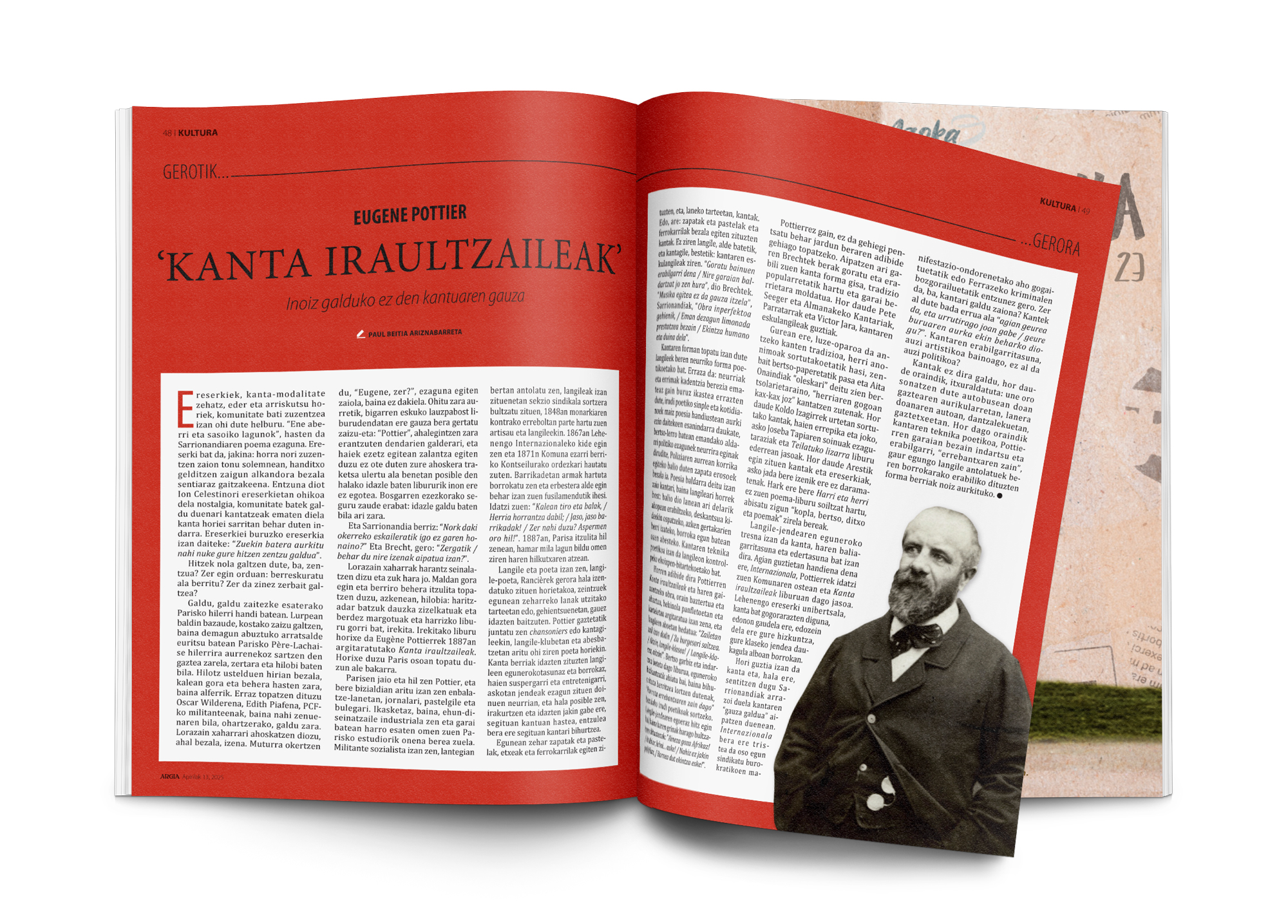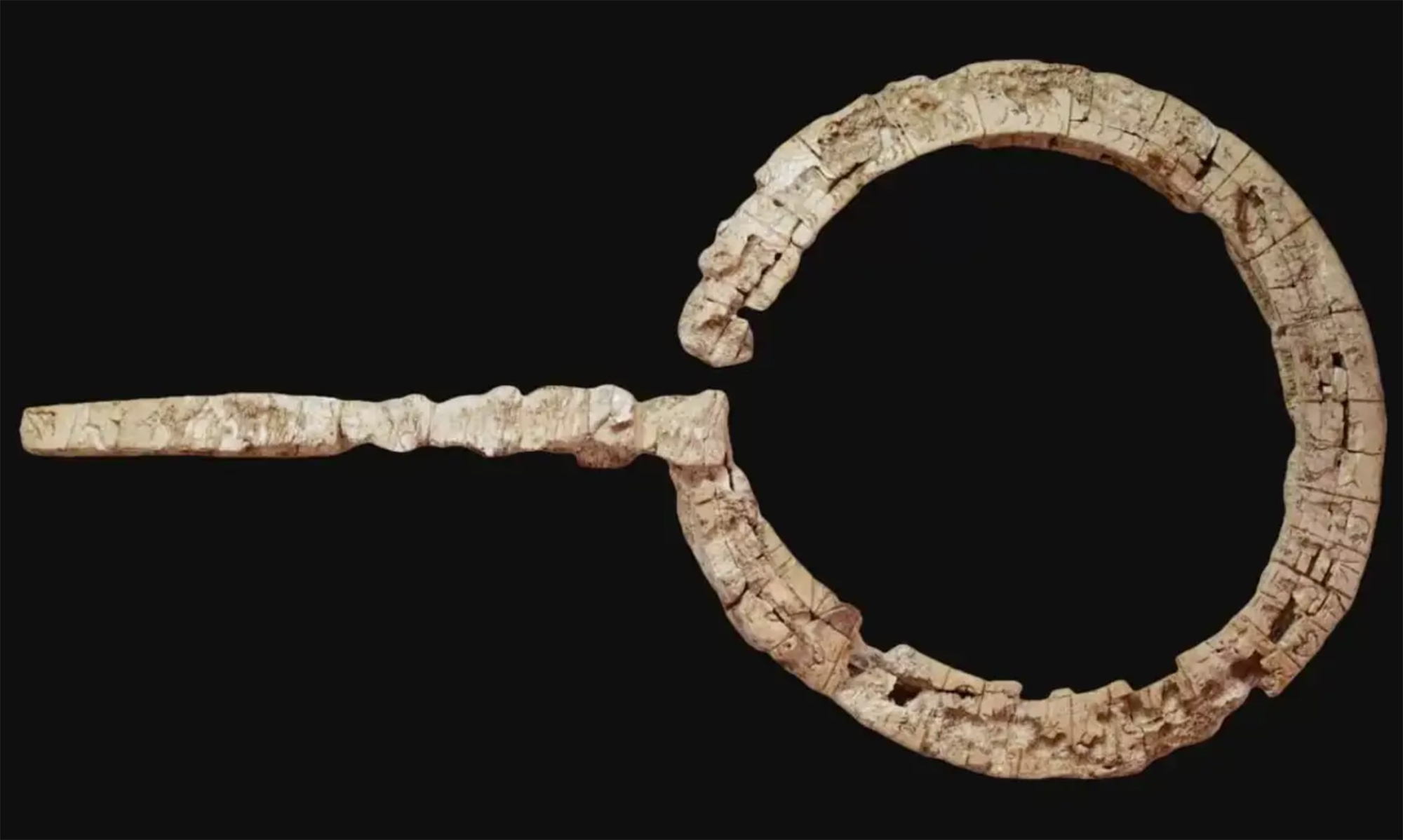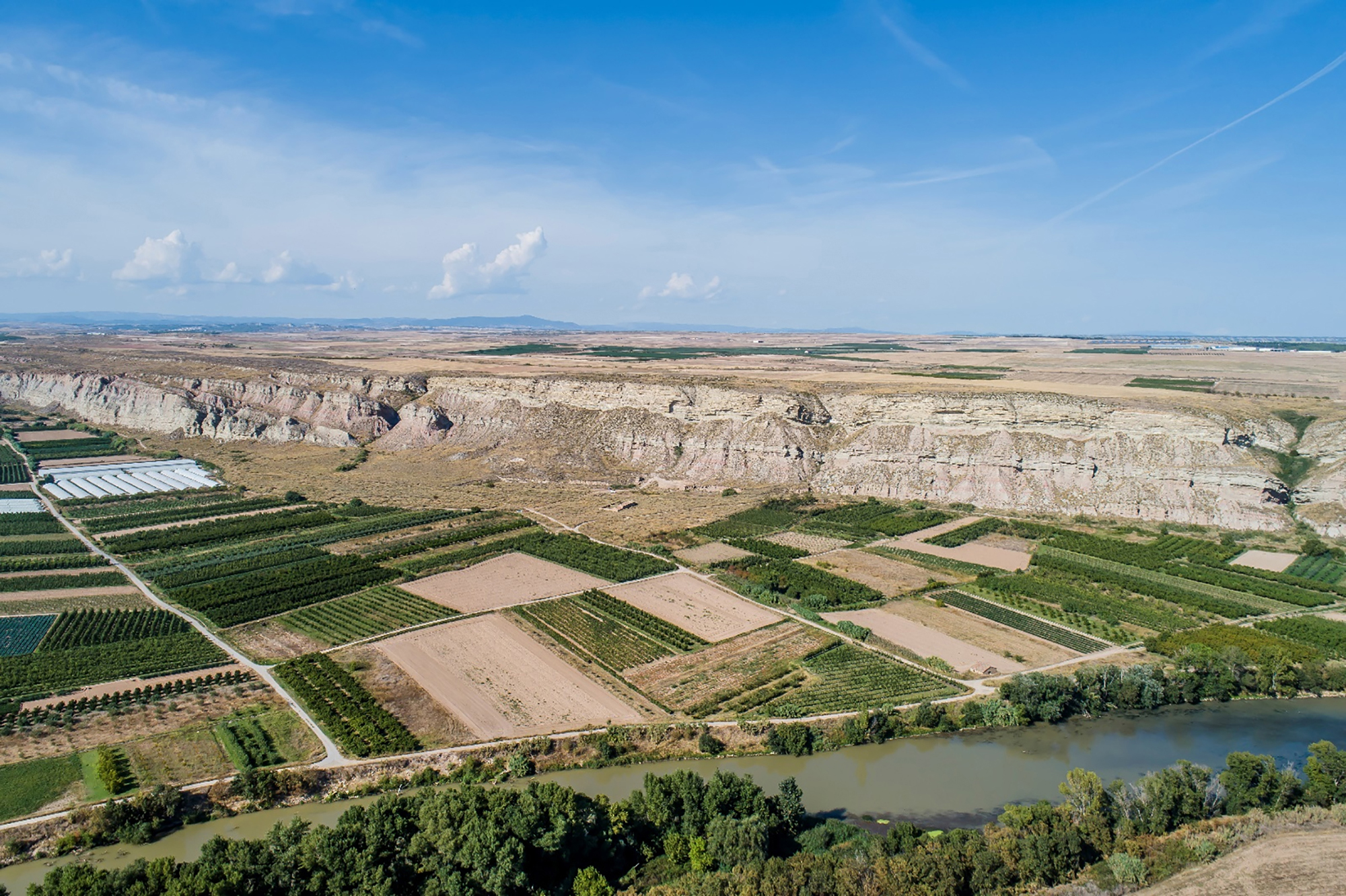Nostradamus de Mendata
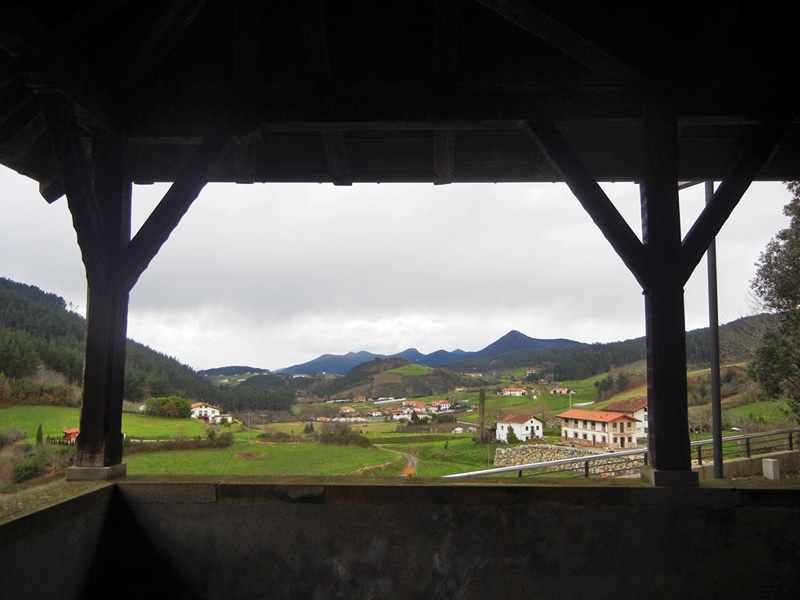
Mendata (Vizcaya), 1819. Eulalio Intxausti Gomeztegi was born – some sources, such as Joxemiel Barandiaran and José Luis Ortigosa say it was called Hilario. As a young man he worked in the farmhouse and never learned Spanish; he always adapted exclusively to the Basque country. In the Last Carlist War, he began to say the predictions with great certainty, and soon he began to be called prophets or diviners.
We do not know exactly where this gift came from. Once in Kortezubi's Salbide farmhouse he visited his sister and, back on Mendata's way, he met a woman who was with her. When they arrived at the church of St. Thomas Arratzu, the woman began to make predictions about her state of health. Another version says that he once met a mysterious man and from then on his future visions began to arrive.
The fact is that Intxausti achieved great success and every morning he received numerous visitors in the cottage looking for answers about the future.
In addition to receiving private customers, he made numerous general predictions for the 20th century. The chariots would roar like a lightning bolt, the agglomeration of Bilbao would devour the people, the Catholic religion would collapse because of the priests themselves, the streetlights would illuminate every corner as if they were a firefly, they would appear in the sky as great birds driven by men, and those birds, guided by Prussians, went to Gernika......
Many see here the announcement of the 1937 bombing of Gernika, but as he never wrote what Intxausti saw, we do not know whether he gave explanations with that precision or whether his words were subsequently adapted to coincide with what happened.
He saw the end of the world close, and it was said that everywhere there were crossroads and bars in almost every door. Father Barandiaran says that the reference to bars was not uncommon and that, for example, in Ataun and Zeanuri, the jet and the Apocalypse also joined.
Mendata's guess never made proselytizing, he didn't leave the house looking for followers. Nor did it officially charge for its services. That's right, visitors would come in with the chicken or vegetables under their arm. Perhaps I would have guessed that, without having asked for it, I was going to receive an extraordinary pay.
Washington, D.C., June 17, 1930. The U.S. Congress passed the Tariff Act. It is also known as the Smoot-Hawley Act because it was promoted by Senator Reed Smoot and Representative Willis Hawley.
The law raised import tax limits for about 900 products by 40% to 60% in order to... [+]
During the renovation of a sports field in the Simmering district of Vienna, a mass grave with 150 bodies was discovered in October 2024. They conclude that they were Roman legionnaires and A.D. They died around 100 years ago. Or rather, they were killed.
The bodies were buried... [+]
My mother always says: “I never understood why World War I happened. It doesn't make any sense to him. He does not understand why the old European powers were involved in such barbarism and does not get into his head how they were persuaded to kill these young men from Europe,... [+]
Until now we have believed that those in charge of copying books during the Middle Ages and before the printing press was opened were men, specifically monks of monasteries.
But a group of researchers from the University of Bergen, Norway, concludes that women also worked as... [+]
Florentzia, 1886. Carlo Collodi Le avventure de Pinocchio eleberri ezagunaren egileak zera idatzi zuen pizzari buruz: “Labean txigortutako ogi orea, gainean eskura dagoen edozer gauzaz egindako saltsa duena”. Pizza hark “zikinkeria konplexu tankera” zuela... [+]
Ereserkiek, kanta-modalitate zehatz, eder eta arriskutsu horiek, komunitate bati zuzentzea izan ohi dute helburu. “Ene aberri eta sasoiko lagunok”, hasten da Sarrionandiaren poema ezaguna. Ereserki bat da, jakina: horra nori zuzentzen zaion tonu solemnean, handitxo... [+]
Linear A is a Minoan script used 4,800-4,500 years ago. Recently, in the famous Knossos Palace in Crete, a special ivory object has been discovered, which was probably used as a ceremonial scepter. The object has two inscriptions; one on the handle is shorter and, like most of... [+]
Londres, 1944. Dorothy izeneko emakume bati argazkiak atera zizkioten Waterloo zubian soldatze lanak egiten ari zela. Dorothyri buruz izena beste daturik ez daukagu, baina duela hamar urte arte hori ere ez genekien. Argazki sorta 2015ean topatu zuen Christine Wall... [+]









